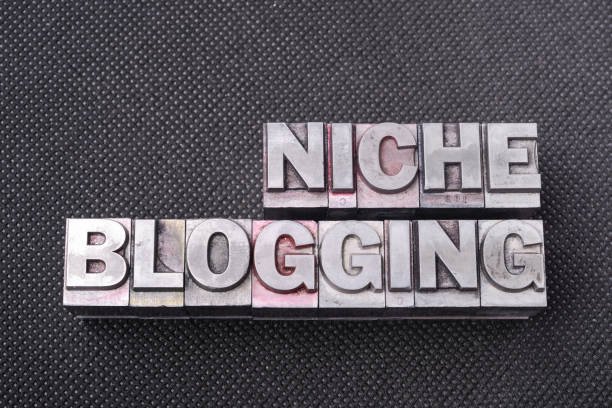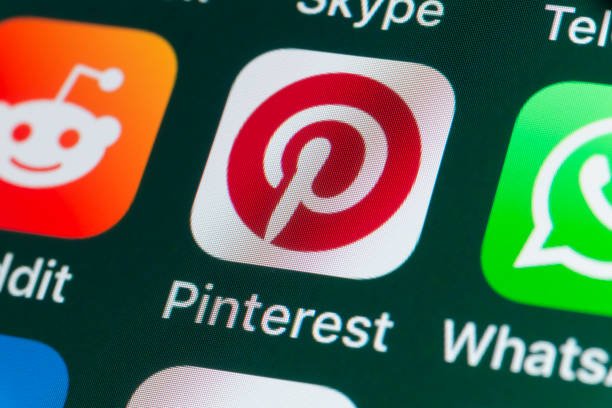Repurposing Blog and Social Content to Strengthen Your Pinterest Brand
Repurposing content is one of the smartest strategies to maximize your effort and extend the lifespan of your existing material. As a Pinterest marketer or Pinfluencer, transforming blog posts and social media content into pins can significantly boost your visibility and drive more traffic. By repurposing content for Pinterest, you not only create more opportunities to engage with your audience but also strengthen your overall Pinterest brand.
In this guide, we’ll show you how to effectively repurpose your blog and social media content into compelling pins that align with your Pinterest brand, saving time while expanding your reach.
Why Repurposing Content on Pinterest is Important
Pinterest is a visual discovery platform, which means its users are often looking for inspiration, solutions, and ideas. By repurposing content, you can:
- Maximize Your Reach: Repurposing helps you reach new audiences without constantly creating fresh content. It’s an efficient way to extend the reach of your best-performing posts across multiple platforms.
- Strengthen Your Brand: Consistently posting high-quality, on-brand pins derived from your blog and social media content can solidify your brand identity on Pinterest.
- Save Time: Rather than coming up with new ideas from scratch, you can adapt existing content for Pinterest, making your workflow more efficient.
- Increase Engagement: Repurposing allows you to highlight different aspects of a topic, which encourages users to engage with your content multiple times, leading to more repins, clicks, and followers.
Step-by-Step Guide to Repurposing Blog and Social Content for Pinterest

Step 1: Identify High-Performing Content
- Analyze Blog Posts: Review your blog to find posts that have performed well, whether through traffic, comments, or shares. These posts are typically more appealing to your Pinterest audience and should be repurposed into pins.
- Look for content that answers specific questions, solves problems, or provides actionable tips—these types of blog posts tend to perform well on Pinterest.
- Repurpose Social Media Content: If you have social media posts that generated engagement, consider repurposing them into pins. Quotes, tips, and tutorials from Instagram or Twitter posts can be turned into visually compelling pins for Pinterest.
- Leverage Evergreen Content: Repurpose content that is timeless, evergreen, and doesn’t have an expiration date. These types of posts will continue to perform well on Pinterest long-term.
Step 2: Create Pinterest-Friendly Content from Blog Posts
- Highlight Key Points: Select the most valuable takeaways from your blog post. For example, you can create a pin for a listicle blog post by turning each list item into a separate pin.
- If your blog post is a “How-to” guide, break it down into smaller steps and create a separate pin for each step. This way, your pins are all part of a larger content ecosystem on Pinterest.
- Summarize Blog Posts in Infographics: Infographics are a highly shareable and engaging format on Pinterest. Use your blog’s data or key points and transform them into visually appealing infographics. Canva is a great tool for creating these.
- Ensure that your infographic matches your brand’s colors, fonts, and style to maintain consistency across all your pins.
- Create Pinnable Quotes: If your blog features quotes, tips, or insights, these can be turned into quote pins that resonate with your Pinterest audience. Use eye-catching typography and your brand’s colors to create a memorable design.
- Repurpose Content into Lists: Pin images that highlight lists from your blog (e.g., “10 Tips for XYZ” or “5 Ways to ABC”). Pinterest users love lists because they offer quick, actionable insights.
Step 3: Repurpose Social Media Content for Pinterest

- Turn Instagram Posts into Pinterest Pins: If you have an Instagram post with strong engagement, repurpose it into a pin format. Use the same visuals or adapt them to match the Pinterest pin style.
- You can also turn Instagram carousels into a series of pins, each highlighting a single piece of content.
- Use Facebook and Twitter Content: Create pins from your engaging Twitter threads, Facebook posts, or LinkedIn articles. A well-performing Facebook status can easily be converted into a pin that links back to your blog or website.
- Share Behind-the-Scenes: Behind-the-scenes content or BTS insights from your social media can be repurposed into engaging Pinterest pins. This adds a personal touch to your brand and builds trust with your audience.
Step 4: Optimize Your Repurposed Content for Pinterest

- Use Rich Pins: Ensure that your repurposed pins are linked to the original blog post or content. Rich Pins can include extra information like the title, description, and URL, making them more informative and clickable.
- Enable Rich Pins for your website to enhance the user experience and increase the chances of your pins being clicked and saved.
- Incorporate Keywords: Just like with your blog and social media, keyword optimization is important on Pinterest. Use relevant keywords in your pin titles, descriptions, and hashtags.
- This helps your pins surface in search results, making it easier for Pinterest users to find and engage with your content.
- Use Consistent Branding: Make sure that your pins match the style and aesthetic of your brand. Use consistent colors, fonts, and logos to make your pins instantly recognizable and cohesive.
- Include a Call to Action: Encourage Pinterest users to click through to your website or blog by adding a call to action (CTA) in your pin descriptions. Examples include “Learn more,” “Read the full post,” or “Get started now.”
Step 5: Schedule and Post Your Repurposed Content
- Use Scheduling Tools: Once you’ve created your repurposed pins, use tools like Tailwind to schedule and automate your posts on Pinterest. This allows you to maintain a consistent posting schedule without constantly having to create new content.
- Pin Regularly: To strengthen your Pinterest presence, post consistently. Repurposing blog and social content allows you to have a steady stream of pins without overwhelming yourself.
Additional Tips for Successful Content Repurposing on Pinterest
- Test Different Formats: Repurpose the same blog content in different formats (e.g., image pins, video pins, carousel pins) to see what resonates best with your audience.
- Pin Old Content with New Visuals: Even if you’ve posted content before, you can refresh it with new visuals, keeping it relevant and engaging for new users on Pinterest.
- Use Tailwind Tribes: Share your repurposed content with Tailwind Tribes to expand your reach and gain exposure from like-minded Pinterest users.
Conclusion
Repurposing blog and social content for Pinterest is a smart and efficient way to strengthen your Pinterest brand. By turning high-performing blog posts and social media content into visually appealing pins, you not only save time but also ensure your brand stays consistent across all platforms. Whether you’re repurposing tips, quotes, or blog posts, following these steps will help you create a stronger Pinterest presence, attract more followers, and drive more traffic to your website.
Ready to repurpose your content for Pinterest? Start by identifying your most popular posts and transform them into engaging pins today!







